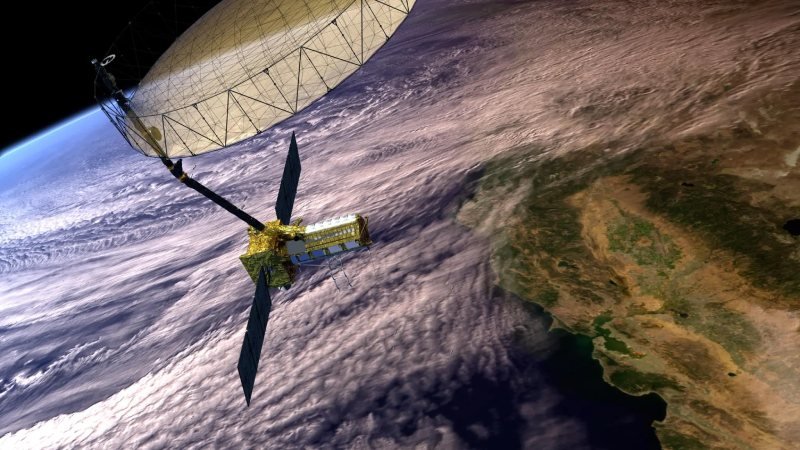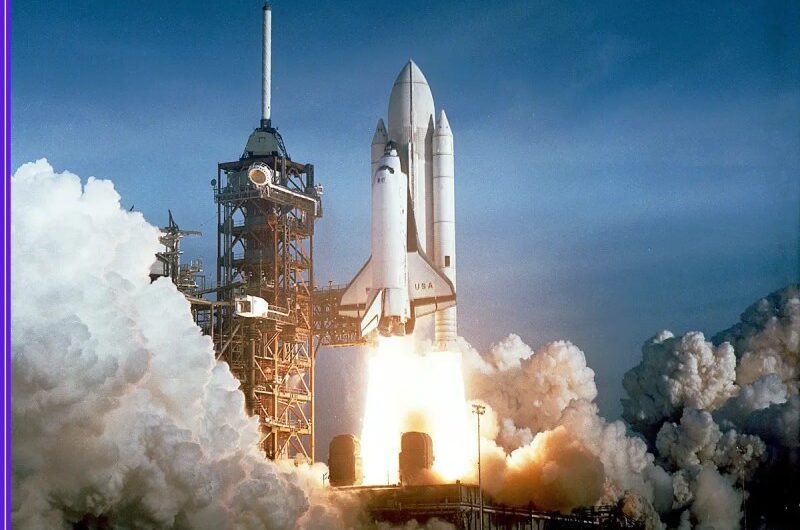One of astronomy’s “most puzzling mysteries” has been solved by a group of scientists using information from the powerful James Webb Space Telescope. For a very long time, scientists have been puzzled as to why light from hydrogen atoms may be detected surrounding galaxies. We refer to this light as the “Lyman-α emission.” Scientists are still at a loss as to what could be the source of this light. The detection of light from hydrogen atoms in the very early Universe, which should have been completely blocked by the pristine neutral gas that was formed after the Big Bang, was one of the most confusing issues that previous observations presented, according to Callum Witten, a researcher at the University of Cambridge, who elaborated on this question on the European Space Agency blog.
It appears that an astronomy team has now located the source of this light. The NIRCam instrument on board the James Webb Space Telescope provided the researchers with extremely precise images and data, which they used to note “smaller, fainter galaxies that surround the bright galaxies from which the ‘inexplicable’ hydrogen emission had been detected.”
In other words, they were able to observe smaller galaxies that were actively “interacting and merging with one another” thanks to the new data. Based on this finding, the scientists concluded that the hydrogen light emissions could have come from these until undetected galaxy mergers.
“Where Hubble Space Telescope was seeing only a large galaxy, Webb sees a cluster of smaller interacting galaxies, and this revelation has had a huge impact on our understanding of the unexpected hydrogen emission from some of the first galaxies,” said Sergio Martin-Alvarez, a member of the Stanford University team that worked on this study.
The scientists discovered that the “rapid build-up of stellar mass through galaxy mergers both drove strong hydrogen emission and facilitated the escape of that radiation via channels cleared of the abundant neutral gas,” according to a blog post on the website of the European Space Agency. “The strong merger rate of the previously unseen smaller galaxies provided an intriguing resolution to the enduring mystery of the ‘inexplicable’ early hydrogen emission,” the statement continued.
The team’s results were released on January 18 in the British weekly scientific publication Nature. “Deciphering Lyman-α emission deep into the epoch of reionization” is the title. The results of this investigation are thought to be essential to understanding the evolution of galaxies.
Topics #Big Bang #galaxy #James Webb Telescope #news #space #telescope #Universe #Universe Mystery










